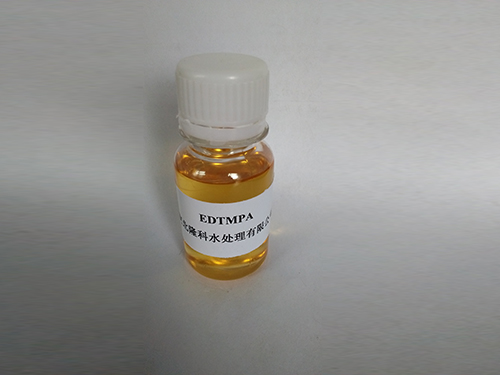ethylenediaminetetra methylenephosphonic acid
The Importance of Ethylenediaminetetra(methylenephosphonic acid) in Modern Chemistry
Ethylenediaminetetra(methylenephosphonic acid) (EDTMPA) is a versatile and significant compound in the field of chemistry and beyond. Often recognized for its chelating properties, EDTMPA plays a crucial role in various applications including medicinal chemistry, environmental science, and industrial processes.
Structure and Characteristics
EDTMPA is a phosphonic acid derivative of ethylenediamine, possessing multiple phosphonate groups. Its molecular structure includes a central ethylene backbone with four methylenephosphonic acid moieties attached, which contributes to its strong chelating ability. This structure allows EDTMPA to effectively bind with metal ions, making it a compelling agent for various applications.
Chelating Properties
One of the primary characteristics of EDTMPA is its ability to chelate metal ions. This property is essential in many chemical processes, as metal ions often act as catalysts or reactants. EDTMPA can form stable complexes with a variety of metals including calcium, magnesium, and heavy metals. This ability to sequester metals plays a critical role in applications ranging from water treatment to pharmaceuticals, where the control of metal ion concentration is vital.
In water treatment, for instance, EDTMPA is utilized to reduce the levels of calcium and magnesium, which can lead to scaling and deposition in industrial systems. By binding these ions, EDTMPA helps to prevent the formation of scale, thus ensuring the smooth operation of machinery and reducing maintenance costs.
Applications in Medicine
In the medical field, EDTMPA has garnered attention for its potential in radiopharmaceuticals. The compound’s capacity to selectively chelate technetium-99m—a radioisotope commonly used in medical imaging—enables the development of effective diagnostic agents. These agents can provide critical insights into various health conditions by allowing precise imaging of organs and tissues.
ethylenediaminetetra methylenephosphonic acid

Moreover, due to its biocompatibility and ability to modify the behavior of metals in biological systems, EDTMPA is being investigated for its potential to treat conditions related to excessive metal accumulation in the body, such as hemochromatosis. By chelating surplus metals, EDTMPA may assist in alleviating the toxic effects of metal overload.
Environmental Impact
Beyond its applications in medicine and industry, EDTMPA also plays a role in environmental chemistry. It has been employed in studies focusing on the removal or recovery of heavy metals from contaminated soils and water. By effectively binding to these harmful metals, EDTMPA facilitates their extraction, thereby aiding in the remediation of polluted environments.
Research into the ecological impact of phosphonic acids like EDTMPA is ongoing, as concerns about their biodegradability and long-term environmental effects grow. Understanding how these compounds behave once released into ecosystems is essential for developing safe and sustainable applications.
Challenges and Future Directions
Despite its many benefits, the use of EDTMPA is not without challenges. There are increasing regulations surrounding the use of phosphonates due to potential environmental concerns. Therefore, ongoing research into eco-friendly alternatives and the development of methods that mitigate environmental impact is critical.
Furthermore, as the pharmaceutical industry advances, the demand for new chelating agents that are more efficient, safer, and environmentally friendly is rising. Innovations in synthetic chemistry may lead to the development of new derivatives of EDTMPA or entirely new compounds with similar or improved properties.
Conclusion
In summary, ethylenediaminetetra(methylenephosphonic acid) is a multifunctional compound with significant implications across various fields. Its essential role in chelation chemistry underpins its utility in medicine, environmental science, and industry. As research advances and technology evolves, the full potential of EDTMPA will likely be explored further, leading to new applications and improved methods that enhance safety and efficacy in both industrial and medical settings. The future of EDTMPA and its derivatives looks promising, paving the way for innovative solutions to contemporary and emerging challenges.
-
lk-319-special-scale-and-corrosion-inhibitor-for-steel-plants-advanced-solutions-for-industrial-water-systemsNewsAug.22,2025
-
flocculant-water-treatment-essential-chemical-solutions-for-purification-processesNewsAug.22,2025
-
isothiazolinones-versatile-microbial-control-agents-for-industrial-and-consumer-applicationsNewsAug.22,2025
-
scale-inhibitor-key-solutions-for-water-system-scale-preventionNewsAug.22,2025
-
organophosphonates-versatile-scale-inhibitors-for-industrial-water-systemsNewsAug.22,2025
-
scale-and-corrosion-inhibitor-essential-chemical-solutions-for-water-system-maintenanceNewsAug.22,2025





